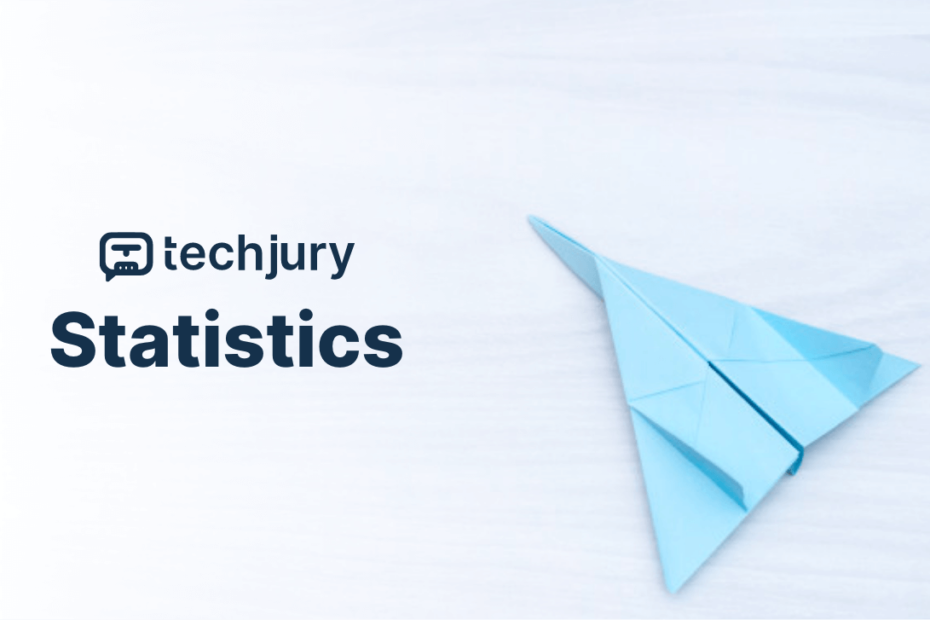The Digital Communication Revolution: Understanding Facebook Messenger‘s Remarkable Journey
In the intricate landscape of digital communication, Facebook Messenger represents more than just a messaging platform—it‘s a profound technological and sociological phenomenon that has fundamentally reshaped how humans interact, connect, and communicate in the digital age.
Platform Genesis: From Humble Beginnings to Global Dominance
When Facebook introduced its messaging feature in 2008, few could have anticipated the transformative impact it would have on global communication patterns. What started as a simple chat function within the Facebook ecosystem has evolved into a sophisticated communication infrastructure serving billions worldwide.
By 2011, Facebook strategically separated its messaging capabilities into a standalone application, recognizing the immense potential of dedicated communication platforms. This pivotal decision marked the beginning of a new era in digital interaction, setting the stage for unprecedented user engagement and technological innovation.
The Global User Landscape: Numbers That Tell a Story
As of 2023, Facebook Messenger‘s user statistics reveal a fascinating narrative of digital connectivity. With approximately 1.036 billion monthly active users globally, the platform has transcended traditional communication boundaries, creating a complex network that spans continents, cultures, and demographics.
Demographic Insights: Who Uses Facebook Messenger?
The user base presents a nuanced demographic profile that reflects broader technological adoption trends. In the United States, users aged 25-34 comprise the largest segment, representing 23.7% of the platform‘s audience. This demographic represents a critical intersection of technological comfort, professional connectivity, and social networking preferences.
Geographically, the platform‘s penetration varies dramatically. India leads with 132 million active users, followed by Mexico with 62.3 million and Brazil with 61.3 million. These numbers aren‘t just statistics—they represent intricate networks of human communication, cultural exchange, and digital interaction.
Technological Architecture: Behind the Messaging Magic
Facebook Messenger‘s technological infrastructure is a marvel of modern software engineering. The platform supports an astounding 8 billion messages exchanged daily, requiring robust, scalable systems capable of handling massive real-time communication loads.
Key Technological Features
- Real-Time Communication: Advanced WebSocket technologies enable instantaneous message transmission
- Multi-Platform Support: Seamless experiences across mobile and desktop environments
- Rich Media Integration: Support for text, images, videos, and interactive content
- End-to-End Encryption: Advanced security protocols protecting user privacy
Business Communication Transformation
Facebook Messenger has emerged as a critical business communication tool, with over 40 million businesses actively utilizing the platform. The engagement metrics are particularly compelling—Messenger ads demonstrate an extraordinary 88% open rate and a 56% click-through rate, significantly outperforming traditional email marketing channels.
Chatbot Revolution
The introduction of messenger bots represents a watershed moment in automated customer interaction. Currently, over 300,000 messenger bots operate on the platform, enabling businesses to provide 24/7 customer support, automate lead generation, and create personalized communication experiences.
Privacy, Security, and Ethical Considerations
As digital communication platforms expand, privacy and security become paramount. Facebook Messenger has continuously evolved its security infrastructure, implementing advanced encryption protocols and user control mechanisms to address growing privacy concerns.
Data Protection Strategies
- End-to-end message encryption
- User-controlled privacy settings
- Transparent data usage policies
- Regular security infrastructure updates
The Future of Digital Communication
Looking forward, Facebook Messenger is positioned at the intersection of artificial intelligence, machine learning, and human communication. Emerging technologies like natural language processing and predictive communication algorithms promise to make interactions increasingly sophisticated and intuitive.
Predictive Communication Trends
Experts anticipate several transformative developments:
- More intelligent conversational interfaces
- Enhanced cross-language communication capabilities
- Deeper integration with augmented reality experiences
- More nuanced personalization algorithms
Investment and Market Dynamics
From a market perspective, Facebook Messenger represents a significant technological asset. Meta Platforms (formerly Facebook) generated $116.6 billion in revenue in 2022, with messaging platforms playing a crucial role in their ecosystem.
The average cost of Facebook ads remains relatively stable at $0.94 per click, making it an attractive channel for digital marketers seeking cost-effective audience engagement strategies.
Conclusion: A Digital Communication Ecosystem
Facebook Messenger is far more than a messaging application—it‘s a complex, dynamic ecosystem that reflects broader technological and sociological shifts. By understanding its evolution, technological infrastructure, and user dynamics, we gain insights into the future of human digital interaction.
As communication technologies continue to evolve, platforms like Facebook Messenger will undoubtedly play a pivotal role in shaping how we connect, collaborate, and communicate in an increasingly digital world.
